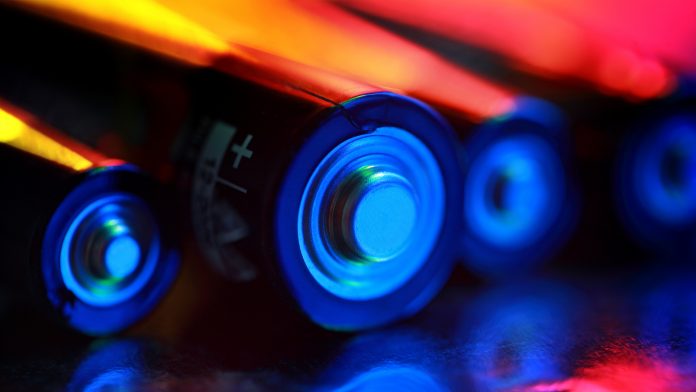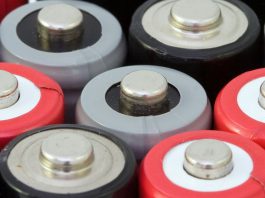An international team working at Berkeley Lab has used an X-ray instrument to learn about lithium-rich battery materials.
Lithium-rich battery materials have been the focus of much due to their applications in electric vehicles and electronic devices.
The researchers at Berkeley Lab investigated a material called lithium manganese oxide, which contains a large amount of lithium.
Battery electrodes composed of lithium-rich materials could offer high-voltage, high-capacity operation because the oxygen in the material participates in reversible chemical “redox” reactions, in which oxygen atoms cyclically lose and gain electrons, allowing the battery to have a higher capacity to store and use electrical charge.
The team’s research indicated that the reversible reactions do not involve oxygen in lithium manganese oxide during battery operation.
Further study into manganese, the other element in the material, showed that the reason the material could be cycled is due to an unusual and complete switch to manganese-based reactions, with a relatively low capacity, right after the first charging.
These findings clear the way for explorations of high-energy electrode materials outside the lithium-rich family.
The researchers also noted a “partially reversible” development and disappearance of carbonate compounds on the surface of the material. These reactive surface properties indicate that the material can serve as a catalyst and could enable the reversible chemical reactions required for next-generation batteries like lithium-air and lithium-carbon dioxide batteries.
The carbonate compounds detected on the surface of lithium manganese oxide contain carbon bonded to oxygen atoms, meaning lithium-rich materials could be effective catalysts for reactions involving carbon dioxide gas.
“What we all feel is exciting is that, through a fundamental spectroscopic study of this material, we not only clarified the reaction mechanism of this long-debated material, but also found a conceptually different use of it as a catalyst,” commented Wanli Yang, a senior scientist at Berkeley Lab’s Advanced Light Source (ALS).
“Some findings indicated that this material is actually more suitable as a catalyst due to its highly reactive surface. So our battery material collaborators tested it as a catalyst and found it indeed has superior performance for lithium-carbon dioxide and lithium-air batteries,” he added.
The research also highlighted that the high-capacity carbonate cycling based on the lithium manganese oxide catalyst has a greater reversibility compared to similar systems with typical oxide-based catalysts.
The team’s findings could lead to a whole class of alkali-rich materials to be used as catalysts for other applications, such as fuel cells.
The researchers discovered that the behaviour of the oxygen redox reaction in lithium-rich electrodes is the same as that of conventional electrodes in use today, meaning the study opens up options for types of low-cost materials that can utilise oxygen redox reactions, and could enable batteries with high-voltage, high-capacity performance.





